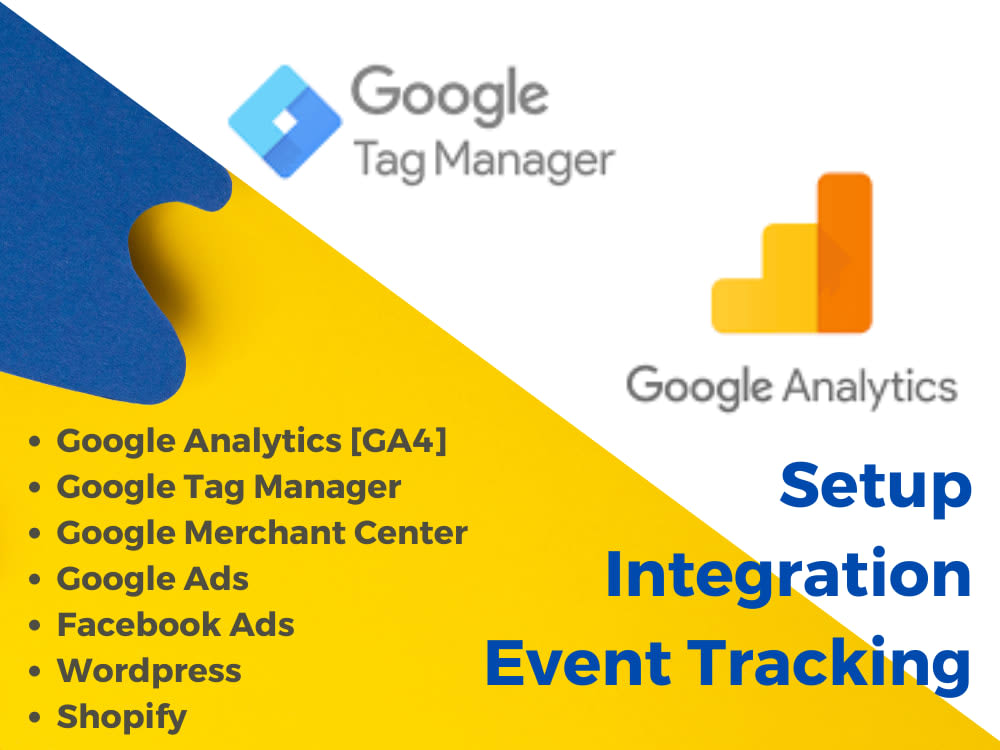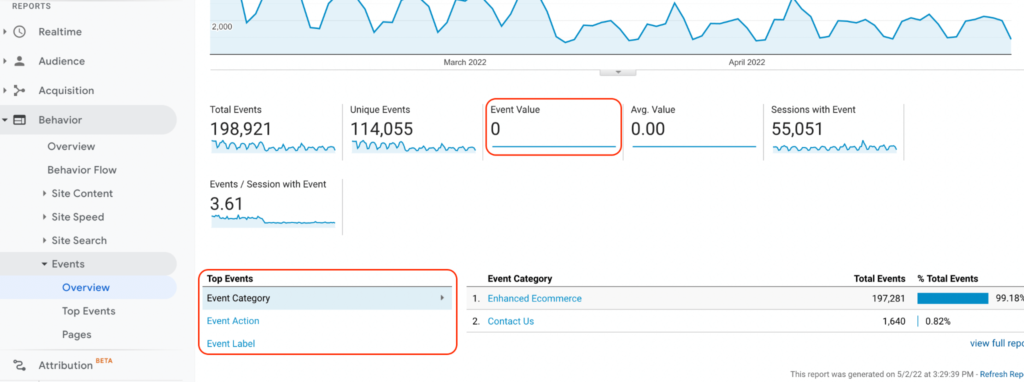Rumored Buzz on Google Analytics Event Tracking
Table of ContentsRumored Buzz on Google Analytics Event TrackingUnknown Facts About Google Analytics Event TrackingTop Guidelines Of Google Analytics Event TrackingGoogle Analytics Event Tracking Fundamentals ExplainedThe 6-Second Trick For Google Analytics Event TrackingExcitement About Google Analytics Event Tracking
If you're going to set up event tracking manually, after that you're mosting likely to need to add some additional code to the aspects you wish to collect information from. The code you're mosting likely to work with will certainly look something similar to this: There are 4 elements within that code bit that you're mosting likely to require to specify yourself: event, Classification, occasion, Action, occasion, Tag and event, Value.
As you can see, 2 of these are needed (group and action) while tag and worth are optional. Everything depends upon the type of information you want passed on back to Google Analytics when a customer clicks on the defined component (Google Analytics Event Tracking). It will certainly be a lot simpler to define these parts if you analyse your web site and make a decision which elements/actions you want to track
Facts About Google Analytics Event Tracking Uncovered
Now, you'll be asked to specify the and and you'll intend to pick from the drop-down menu that shows up when you click on. This will bring up the very same event monitoring parts we looked at earlier, which you'll require to fill out. When you have actually defined these, you can move down to the second box and select the trigger that will certainly fire your tag.
On the following display, you'll likewise have a field for calling your trigger and, if you click on package, you'll see a list of the different triggers you can choose. In this case, we intend to select and after that choose the alternative below. You'll establish the trigger to just discharge when a component is clicked with an URL that consists of the.
Simple - Occasion tracking! Occasion tracking gives you a picture of how users involve with your internet site and business. Review on as we discover every little thing you require to recognize, including what it is, why you ought to track occasions, exactly how to handle events data, and various other pertinent FAQs you might have.
Fascination About Google Analytics Event Tracking
You can switch in between your event categories, actions, and labels in the Top Events report. This record is critical for excavating additionally into study on a particular event classification. The Event Pages record presents the pages where events are caused. In this section, we can analyze the leading pages that drive events.
Occasions in Google Analytics have four major components. Google Analytics uses these codes to track customer communications and group them into occasion records (Google Analytics Event Tracking).
A checklist of the criteria you can track on your internet site is on the. After inspecting all essential areas, you can click "X" to shut the window and return to the Summary menu on the.
Facts About Google Analytics Event Tracking Revealed

If you haven't done so, you might need to establish up a variable in the Google Analytics Setups box. After this, enter your GA tracking ID in the Tracking ID area.
To do this, adhere to the following series of activities: After configuring the fields, pick the "Triggering" area. When configuring your brand-new trigger, click the "+" button, after that the "pencil" switch, after that choose your trigger kind.
What Does Google Analytics Event Tracking Do?

When it familiarizes which areas and aspects are assisting customers via your conversion channel, more tips here you still won't know. So, without event tracking, GA records will only count visits as single-page sessions, even if users invest a great deal of time on one web page and involve with it dramatically (and a bounce).
Exactly how does event tracking accomplish this?Single-web page sessions understood as go to this website bounces begin and wrap up on the exact same page. Without occasion tracking, GA will certainly classify an individual's browse through as a bounce if they don't browse to one more page, no matter how they interact with it. For instance, a video-rich page can have a greater bounce rate if occasions are not tracked.
Facts About Google Analytics Event Tracking Uncovered
For GA to take event hits into account when gauging bounce prices, you must select "Non-interaction event" as "False" throughout the GTM setup. Setting "occasion objectives" with occasion activity is an outstanding method to maintain track of customer activities you value highly, such as new lead entries or click a contact us to action.